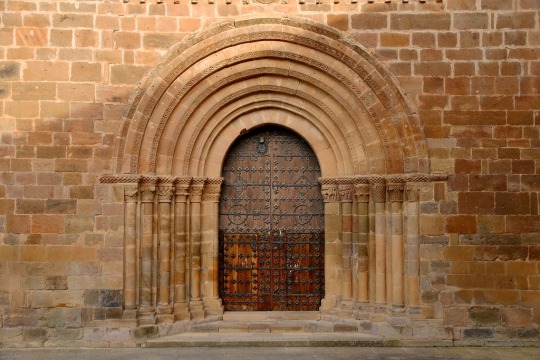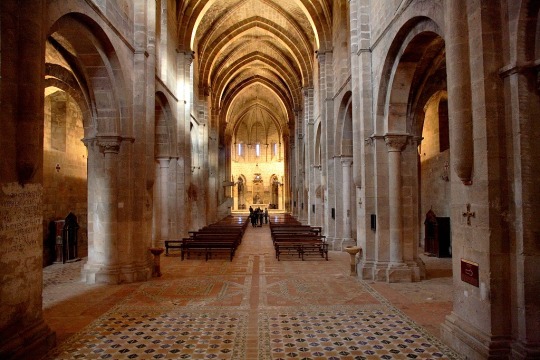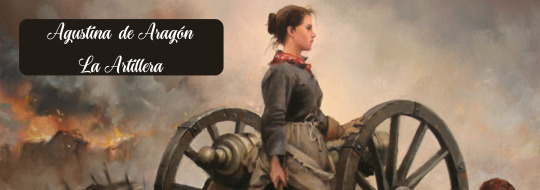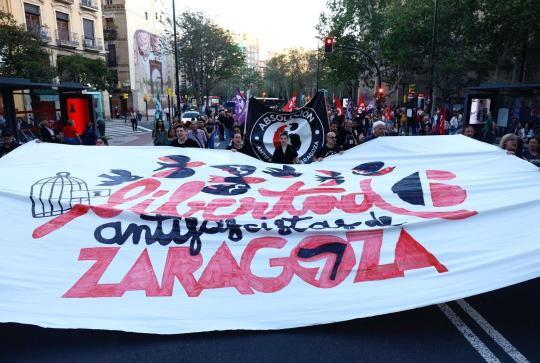#zaragoza
Text
There you are, innocently eating tapas at a restaurant, when you hear boss fight music behind you:

(He'll have the Caesar salad, gracias.)
This 10 meter tall statue of Augustus looms over Puerta Cinegia Gastronómica, a dining/shopping mall in Zaragoza, Spain. Augustus founded the town as Caesaraugusta (hence Zara-agoza) over 2000 years ago as a colony for veterans of the Cantabrian Wars, and many Roman ruins are still visible. I now want to visit Zaragoza.
#do you think this is what mark antony saw when he had nightmares?#octavian#zaragoza#spain#sculpture#jlrrt speaks
5K notes
·
View notes
Text

La Basilica de Nuestra Señora del Pilar en Zaragoza, Aragon, ESPAÑA
109 notes
·
View notes
Photo



Monasterio de Veruela, Tarazona
by Julián Ocón
#monasterio de veruela#tarazona-moncayo#zaragoza#arquitectura#fotografía#architecture#monasterio#monastery#aragón#europe#travel
577 notes
·
View notes
Text
I'm thinking of having a segment where the team needs to go through Zaragoza and it sends Ghost into a spiral, but he keeps it all internal until they're safe and then
Yeah
It goes downhill from there.
41 notes
·
View notes
Text
La DESCOMPARSA viral de los carnavales de Zaragoza:
#video#sfw#carnaval#zaragoza#simpsons#los simpson#the simpsons#fail#fails#españa#humor español#memes#memes españa
200 notes
·
View notes
Photo

Agustina de Aragón, Casta Álvarez and other heroines of the siege of Zaragoza
In 1808, the Spanish city of Zaragoza was besieged by the armies of Napoleon Bonaparte. The Peninsular war was raging as the Spanish people resisted the French occupation.
Women distinguished themselves in defense of their homes. One of them was Agustina Raimunda María Zaragoza Doménech (1786-1857), also known as Agustina de Aragón.
Defender
In 1803, she married Juan Roca Vilaseca, a corporal in the Spanish Artillery. Since her husband had been stationed in Zaragoza in 1808, Agustina was present when the French troops besieged the city.
Many of the Spanish defenders of the strategic Portillo Gate had been wounded or killed following the French assaults. The enemy was beginning to storm the city. Agustina, who had been carrying food and water to the soldiers, stepped into the breach, retrieved a still-burning wick from the hand of a fallen gunner, and fired the cannon at the advancing French soldiers. Her courage rallied the defenders who repelled the assailants, thus saving the gate.
The Spanish Commander in Zaragoza, José de Palafox, heard of her bravery and rewarded her. Her exploit also won her international fame. Lord Byron wrote, for instance, a poem in her honor.
Zaragoza’s other heroines
She wasn’t the only woman to take arms. Another was Casta Álvarez (1786-1846). Armed with a bayonet, she defended the Sancho Gate and was later awarded a pension by King Ferdinand VII.
Manuela Sancho (1783-1863) fought to defend the San José convent, riffle in hand. María de la Consolación Azlor, countess of Bureta, (1773-1814) organized a battery to repel a French assault on her home. The names of Benita Portales, Juliana Larena, and María Lostal are also remembered. Women also nursed the wounded and brought food and drink to the soldiers. María Agustín (1784-1831) was, for instance, wounded when bringing ammunition to the defenders.
This first siege ended on August 14, 1808, but the French returned to besiege the city on December 19, 1808. Agustina wanted to fight but had contracted typhus and could only watch from her sickbed as the city was taken. Captured by the French, she and her son were forced to march to the frontier among a column of prisoners. She would probably have died if an officer had not placed her on the back of a mule. Agustina made it to Puenta de la Reina where she escaped. Her son died shortly afterward.
Ensign
Agustina reached the nearest headquarters of the Spanish army. She was made an ensign and served with her unit in Seville. She later fought in the defense of Tortosa and the battle of Vitoria, though her participation in the latter is subject to doubt.
After the end of the war in 1814, Agustina followed her husband to various military posts. After he died in 1823, she remarried to a doctor. She died in Ceuta on 29 May 1857.
Further reading
Esdaile Charles J., Women in the peninsular war
Fernandez Gilbert G., “Agustina de Aragón”, in: Bernard Cook (ed.), Women and war, an historical encyclopedia from antiquity to the present vol.1
Lawrence Tone John, “Aragón, Augustina”, in: Higham Robin, Pennington Reina (ed.), Amazons to fighter pilots, biographical dictionary of military women, vol.1
Navascués Alcay Santiago, “Casta Álvarez Barceló”
Solduga Francisco Javier, “La Artillera del Portillo”
#Agustina de Aragón#Casta Álvarez#Manuela Sancho#María de la Consolación Azlor#history#women in history#spain#spanish history#warrior women#napoleonic wars#peninsular war#siege of zaragoza#zaragoza#women warriors#warriors
51 notes
·
View notes
Text

Today - October 18th, 1981 - Queen Story!
Queen perform at Estadio Olimpico de Beisbol Ignacio Zaragoza, Puebla, Mexico
- Last show in Mexico -
'Gluttons For Punishment' Tour
"Glad to be back from Mexico - it was hell! - well, difficult to say the least - nasty authorities, corrupt officials & food poisoning, plus risk of death, etc. Apart from that it was wonderful!"
- Roger Taylor
Official Fan Club magazine, winter 1981
📷 Photo Credit: Neal Preston © Queen Productions Ltd
#freddie mercury#queen band#london#zanzibar#legend#queen#brian may#john deacon#freddiebulsara#roger taylor#gluttonsforpunishmenttour#1981#mexico#puebla#zaragoza#neal preston photographer
45 notes
·
View notes
Text






Mural work for Pablo Gargallo Museum, Zaragoza (Spain)
Check my work on instagram
46 notes
·
View notes
Text

Shadows
Autoportrait - Morning Self-portrait in Zaragoza's - Couple on the way - shadows - a tribute to vivian Maier (série)
Photographer: jlsfly
8 notes
·
View notes
Photo

Danza Zaragoza - Sara by jmsoler
#ballerina#ballet#cmpd#jmsoler#jmsolerfotografo#blancoynegro#blackandwhite#gente#arte#artesescénicas#portrait#2023#zaragoza#pointe#flickr#thingsdavidlikes
11 notes
·
View notes
Text

Z A R A G O Z A
105 notes
·
View notes
Text
Los 6 de Zaragoza
It was the 19th of January of 2019 when a VOX rally (Spanish fascist political party) took place in Zaragoza, and although many people attended the meeting, many more also protested against it. Six young people were arrested in that protest, and the policemen accused them of public disorder. The only other evidence submitted, some security camera footage, was rejected, as "they weren't recognizable", and so, their innocence could not be proved.
In 2021, 4 of them faced 6 years in prison for it, 3 for public disorder and 3 more for an attack to authority. The other two, being minors, were fined with an 11.000€ fine each.
Now, in 2024, their sentences are of 4 years and 9 months, and they will be admitted to jail between tomorrow and the day after (15-16 April 2024), unless they are pardoned. Yesterday, a protest took place in Zaragoza, led by the families of the people admitted into prison, along with the parents of another young antifascist from Badalona also in prison for protesting against fascism, and the Altsasu Gurasoak platform from Euskal Herria.
The "most progressive [Spanish] government in history" will be the one to decide if these people are indulted, after having received support from over 10000 people and organizations signing the petition for a pardon.
The platform "Libertad 6 de Zaragoza" is also raising money to pay for the fines that go along with the prison sentences.


[Link to news articles in Spanish: x, x, x, x]
9 notes
·
View notes
Text

Javier García Blanco
9 notes
·
View notes
Text

16 notes
·
View notes






